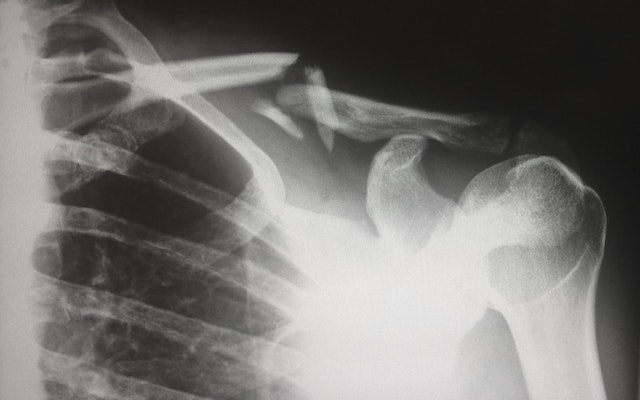Do you have a job that has you performing the same actions over and over? Whether it’s typing at a computer, lifting boxes, bending over to care for patients, or anything with repetition – you might be at risk for a repetitive strain injury. This could involve pain in the limbs, hands, back, and neck. Basically, any occupation with repetitive motion has a risk for orthopedic or musculoskeletal disorders.
In addition to repetition, jobs with constant vibration or tasks where you’re positioned in the same place for long periods could also be problematic. The good news is with proper knowledge and ergonomics – you can make a big difference! Let’s learn more about repetitive strain injuries.
Symptoms of Repetitive Strain Injury
Anyone that works has some pain every once in a while. But, if it starts to occur on a daily basis, you may want to get more help. Look for pain in these areas:
- Neck
- Back
- Shoulders
- Elbows/Arms
- Hands/Wrists
In addition to pain, you could feel other symptoms as well:
- Numbness/Tingling
- Pulsing
- Weakness
- Throbbing
- Cramping
Repetitive strain injury or cumulative trauma disorder is so variable that it can be hard to diagnose. When you start feeling these symptoms, try adjusting your workstation with ergonomics. You’d be surprised at how some small changes can make a big difference.
But, if you’ve been feeling pain for long periods of time, then be sure to get checked out. Leaving these issues alone will only cause more problems.
How to Prevent Cumulative Trauma Disorder

Changes to your workstation or everyday work activities will help you prevent repetitive strain injury. Make adjustments before the pain so you’ll never get any! Here are some things you can do to help:
- Posture at Computers: If you sit at a computer for work, it’s important to have good posture. Follow this guideline to get started. Essentially, it’s important to sit straight with your neck, shoulders, and torso in a straight line. Your chair should have lower back support, and your feet should be flat on the ground. In addition, keep your monitor at eye level or slightly lower. The guideline above mentions other posture guidelines that should be followed.
- When Bending: If your job requires repetitive bending over, then I’m sure you’ve had some back pain in the past. Remember those OSHA guidelines? They weren’t lying! Make sure you’re using proper lifting techniques – using your legs and not your lower back. Yeah, it might sound dumb for a 10-pound box, but doing that 100 times a day takes a toll.
- Take Breaks: Make short breaks between long periods of activity. Stretch, catch your breath, or do anything else besides the repetitive task for a minute or so. Try to take a short break every 15 minutes to prevent injuries – even if it’s just for 30 seconds.
- Drink Water: Staying hydrated is important for keeping your muscles and tendons happy. Make sure you aren’t drinking pop/soda or other unhealthy drinks for hydration. They won’t do the trick. Take some water to work and sip it throughout the way to help prevent repetitive strain injury.
Workplace Suggestions for Repetitive Strain Injury
Proper education is key to preventing cumulative trauma disorder. In fact, proper ergonomics can save money in the long run. Preventing musculoskeletal disorders ultimately leads to fewer healthcare costs and fewer missed days of work. What company would disagree with that?! Here are some workplace/organizational suggestions:
- Teach Employees/Co-workers: As we said, proper education can do a lot. Implement a training session on proper posture, work techniques, and workstation design. Take a look around at work the next time you’re there. Are people slouching at a desk, using improper lifting, or standing in the same place for too long? If so, you’ll know something isn’t right! It’s time to train your people.
- Pay for Quality: Spend the extra money on a good ergonomic chair. If you don’t believe me – check out this research study! In 1994, the annual cost for cumulative trauma disorders was 20 Billion dollars. If we can prevent this by spending a few extra bucks on chairs or mats to stand on, then we’ll be doing everyone a favor.
- Maintain a Standard: We all know that you can try to make some changes, then they will be in effect for a week – and what happens? Things go back to the way they were. Keep reminding your co-workers and employees to stay healthy, follow posture guidelines, and maintain an ergonomic standard.
Preventing repetitive strain injury is certainly possible in the workplace. Follow some relatively simple guidelines to keep yourself on the right track. No one wants to be uncomfortable when they’re at work. It just makes it that much worse!
Remember that these are guidelines, and you should do what’s right for you. Make sure you talk to a doctor when these signs/symptoms of cumulative trauma disorder arise. The sooner you get it checked out, the better. If you let the injuries go for too long, you may end up needing surgery.
But most of it is preventable!
